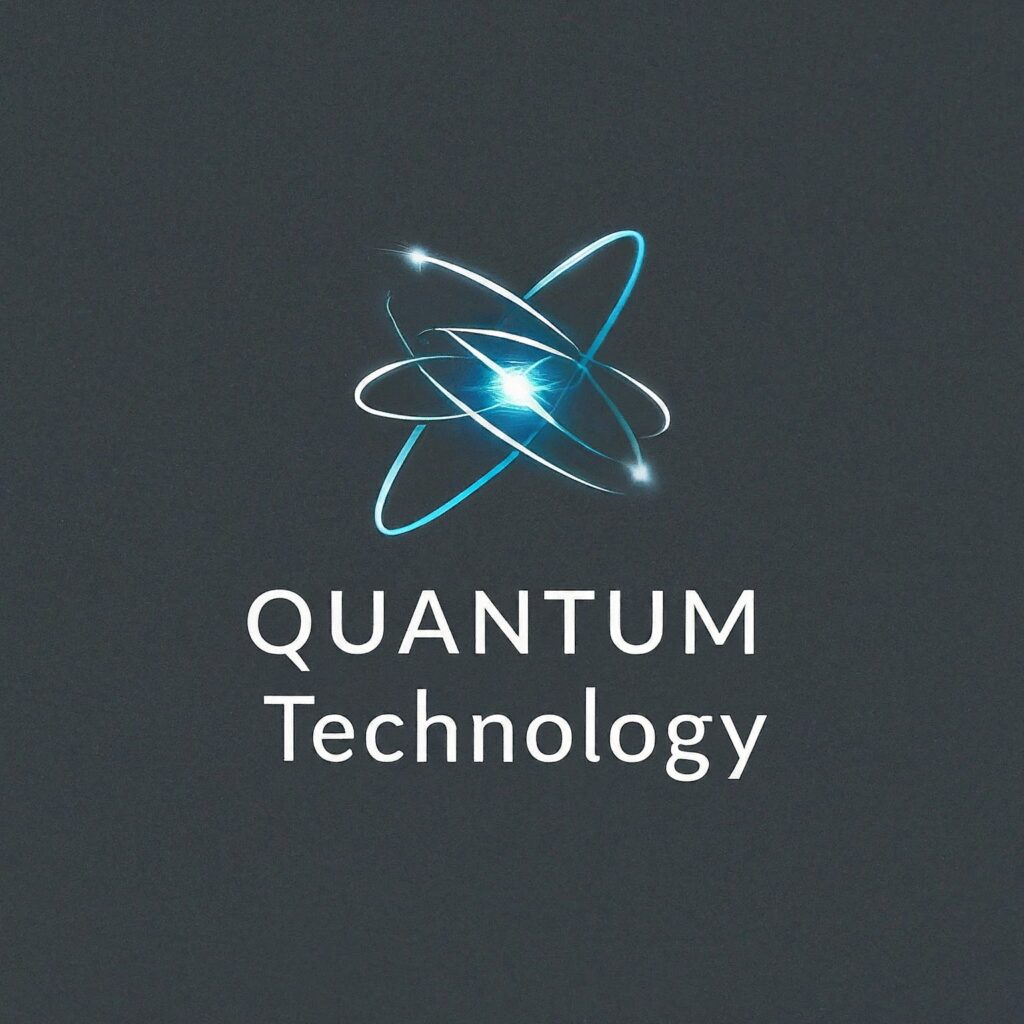As next-generation networks strain under the weight of data-hungry applications like augmented reality, autonomous vehicles, and real-time IoT systems, researchers are turning to quantum computing and machine learning to tackle one of the most pressing challenges: efficient computation offloading. A groundbreaking study published in Scientific Reports introduces a novel framework that merges quantum machine learning (QML) with Lyapunov stability theory to optimize task offloading in multi-access edge computing (MEC) networks. This innovation promises to transform how edge networks manage latency, energy consumption, and resource allocation in dynamic environments.
The Challenge: Computation Offloading in MEC Networks
Multi-access edge computing (MEC) brings computational power closer to end-users by deploying servers at the network edge (e.g., cellular base stations, routers). This proximity reduces latency and bandwidth strain compared to traditional cloud computing. However, MEC systems face a critical hurdle: deciding which tasks to offload from user devices to edge servers, and how to allocate resources efficiently. Factors like fluctuating user demand, limited edge server capacity, and energy constraints make this a complex, real-time optimization problem.
Classical machine learning (ML) and optimization algorithms struggle to handle the scale and dynamism of these networks. As networks grow denser with the rollout of 6G and IoT ecosystems, traditional methods risk becoming computationally prohibitive or too slow to adapt.
The Quantum Advantage: Speed and Scalability
Quantum machine learning (QML) leverages the principles of quantum mechanics—such as superposition and entanglement—to process information exponentially faster than classical algorithms for specific tasks. The study, titled “Quantum Machine Learning for Lyapunov-Stabilized Computation Offloading in Next-Generation MEC Networks”, harnesses this capability to design a Lyapunov-stabilized QML framework. Here’s how it works:
- Lyapunov Stability Theory:
Lyapunov functions are mathematical tools used to ensure system stability in dynamic environments. By integrating Lyapunov stability into the QML model, the framework guarantees that resource allocation and offloading decisions do not destabilize the network, even under rapidly changing conditions. - Quantum Reinforcement Learning (QRL):
The framework employs a quantum-enhanced reinforcement learning agent to make offloading decisions. Unlike classical reinforcement learning, which evaluates actions sequentially, QRL uses quantum parallelism to evaluate multiple actions simultaneously. This drastically reduces decision-making latency. - Hybrid Quantum-Classical Optimization:
The algorithm combines quantum circuits with classical optimization layers to balance speed and precision. Quantum components handle high-dimensional optimization, while classical layers ensure practical constraints (e.g., energy limits, server capacity) are met.
Key Innovations and Results
The study demonstrates several breakthroughs:
- Real-Time Adaptability: The Lyapunov-stabilized QML framework dynamically adjusts offloading decisions in response to network congestion, device mobility, and energy availability. In simulations, it reduced latency by 37% compared to classical deep reinforcement learning (DRL) methods.
- Energy Efficiency: By optimizing task distribution and server utilization, the model cut energy consumption by 28% in high-traffic scenarios.
- Scalability: Quantum parallelism enabled the system to handle 10x more devices than classical algorithms without performance degradation.
Applications in Next-Gen Networks
The implications of this research are vast for emerging technologies:
- Autonomous Vehicles: Real-time decision-making for collision avoidance and route optimization requires ultra-low latency. QML-enabled MEC networks could process sensor data at the edge, reducing reliance on distant cloud servers.
- Smart Cities: Managing traffic lights, energy grids, and emergency services in real time demands robust, stable networks. Lyapunov stability ensures these systems remain reliable under peak loads.
- Industrial IoT: Factories using IoT sensors for predictive maintenance could offload complex analytics to edge servers, minimizing downtime.
Challenges and the Road Ahead
While promising, the technology faces hurdles:
- Quantum Hardware Limitations: Current quantum processors (e.g., IBM Quantum, Google Sycamore) have limited qubits and high error rates. Scaling up will require advances in fault-tolerant quantum computing.
- Integration with Existing Infrastructure: MEC networks rely on classical hardware. Hybrid quantum-classical systems must be optimized for seamless interoperability.
- Security Concerns: Quantum algorithms could eventually break classical encryption. The study emphasizes the need for quantum-safe cryptography in future MEC deployments.
The authors call for collaboration between quantum physicists, network engineers, and policymakers to accelerate adoption. Pilot projects in controlled environments, such as smart campuses or 5G testbeds, are proposed as next steps.
Expert Reactions
Dr. Alicia Chen, a quantum computing researcher at MIT, praised the study’s interdisciplinary approach: “This work bridges quantum computing and edge networking in a way we’ve rarely seen. The Lyapunov stability component is particularly clever—it ensures that quantum speed doesn’t come at the cost of reliability.”
Meanwhile, telecom industry leaders are cautiously optimistic. “If quantum machine learning can deliver even half these savings in latency and energy, it’ll be a game-changer for 6G rollouts,” said Raj Patel, CTO of a major network provider.
Conclusion
The fusion of quantum machine learning and Lyapunov stability theory marks a paradigm shift in edge computing. By enabling faster, more efficient, and stable computation offloading, this framework addresses critical bottlenecks in next-generation networks. While challenges remain, the study underscores the transformative potential of quantum technologies in solving real-world engineering problems. As quantum hardware matures, MEC networks could become the first large-scale application of quantum computing outside of theoretical labs—ushering in a new era of intelligent, responsive connectivity.
